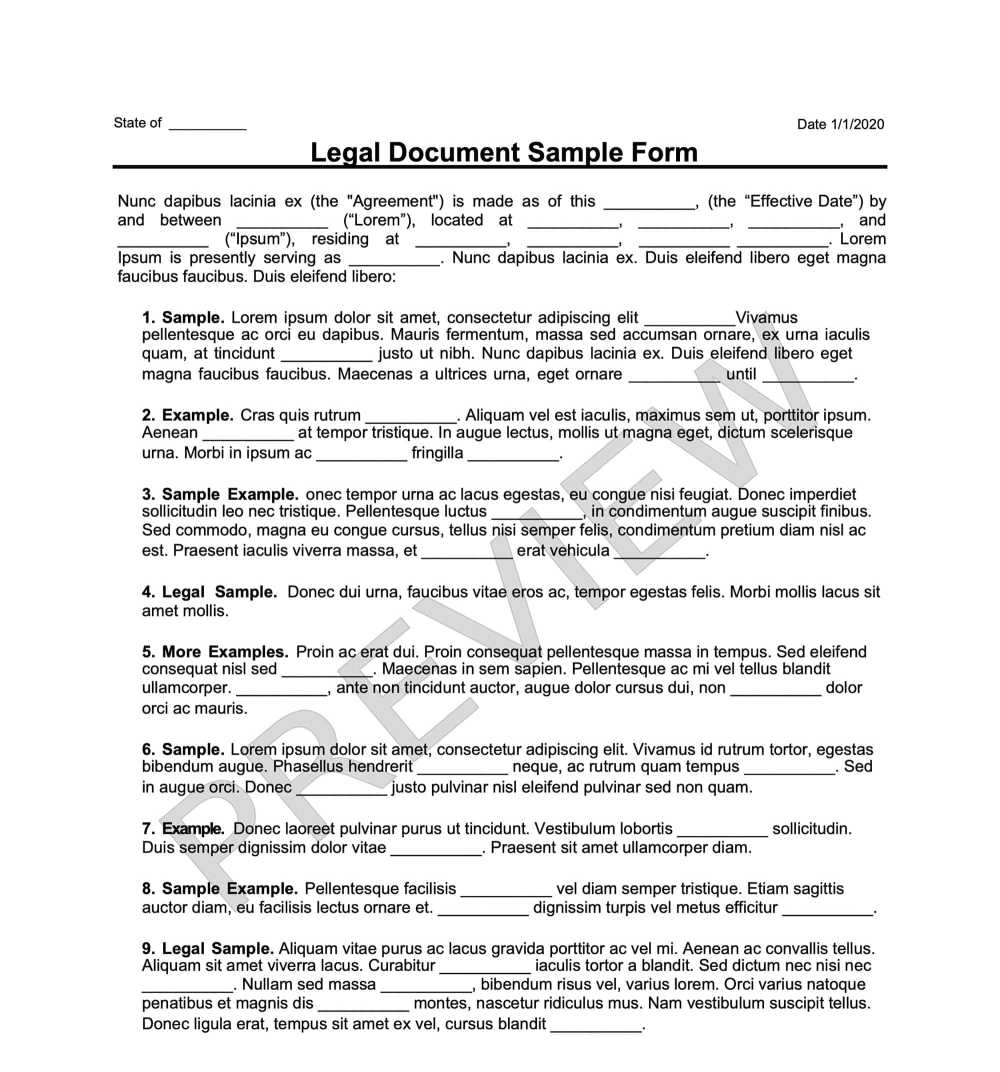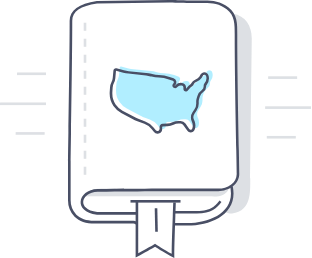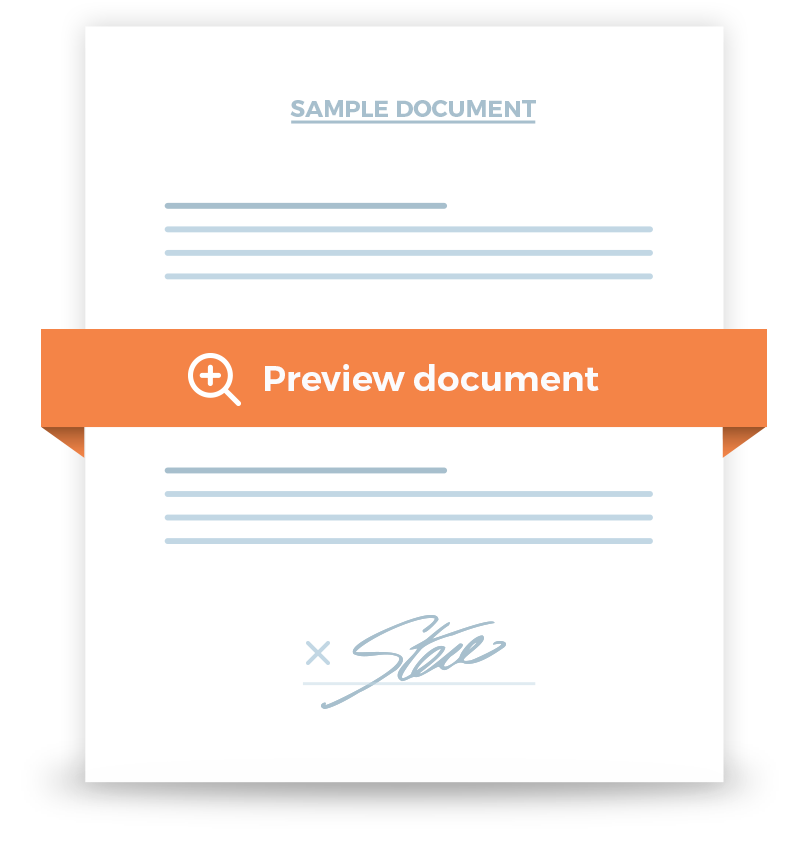Contractor Letter of Intent
A Letter of Intent is used to outline the terms of a potential business deal as understood by all parties and your intention to pursue the deal.


Frequently Asked Questions
Companies use LICS for business negotiation in anticipation of a future agreement. Prior to an official deal, they can take their time affirming to the terms satisfactory to all. There are several types of business LICS. Most commonly, it is used to signal an intention to purchase a real property, a business, a vehicle, and the like. You can even use a LIC to show interest in working for a particular company. Students can use a Letter of Intent to formally accept a scholarship offer and student-athletes would do the same to show a commitment to accept a sports scholarship offer from a university – where top-ranked high school athletes in the major sports often make the news after signing a LIC.
Although the LIC is not a requirement, it can give both parties confidence that this is a serious deal in the works, where a LIC can be used as a guideline for the agreement that is to happen in the future. In the meantime, you can inspect the LIC for any terms that you might want to change or negotiate before arriving at the definitive agreement. Banks might also demand to see a LIC before authorizing to finance the business deal made.
LICS do not have to be notarized. Doing so will not add any weight to the document, which is technically not enforceable to begin with, so it could only be a waste of time and money.
As mentioned, LICs are not legally binding. Any company or person party to the LIC can back out of the deal being negotiated at any time and there is no recourse to all other parties involved. The LIC is simply not designed to be used in this way.
A Letter of Intent is a show of good faith and nothing more than that. It serves as a roadmap leading to the parties involved entering into a formal agreement, assuming that everything goes to plan.




